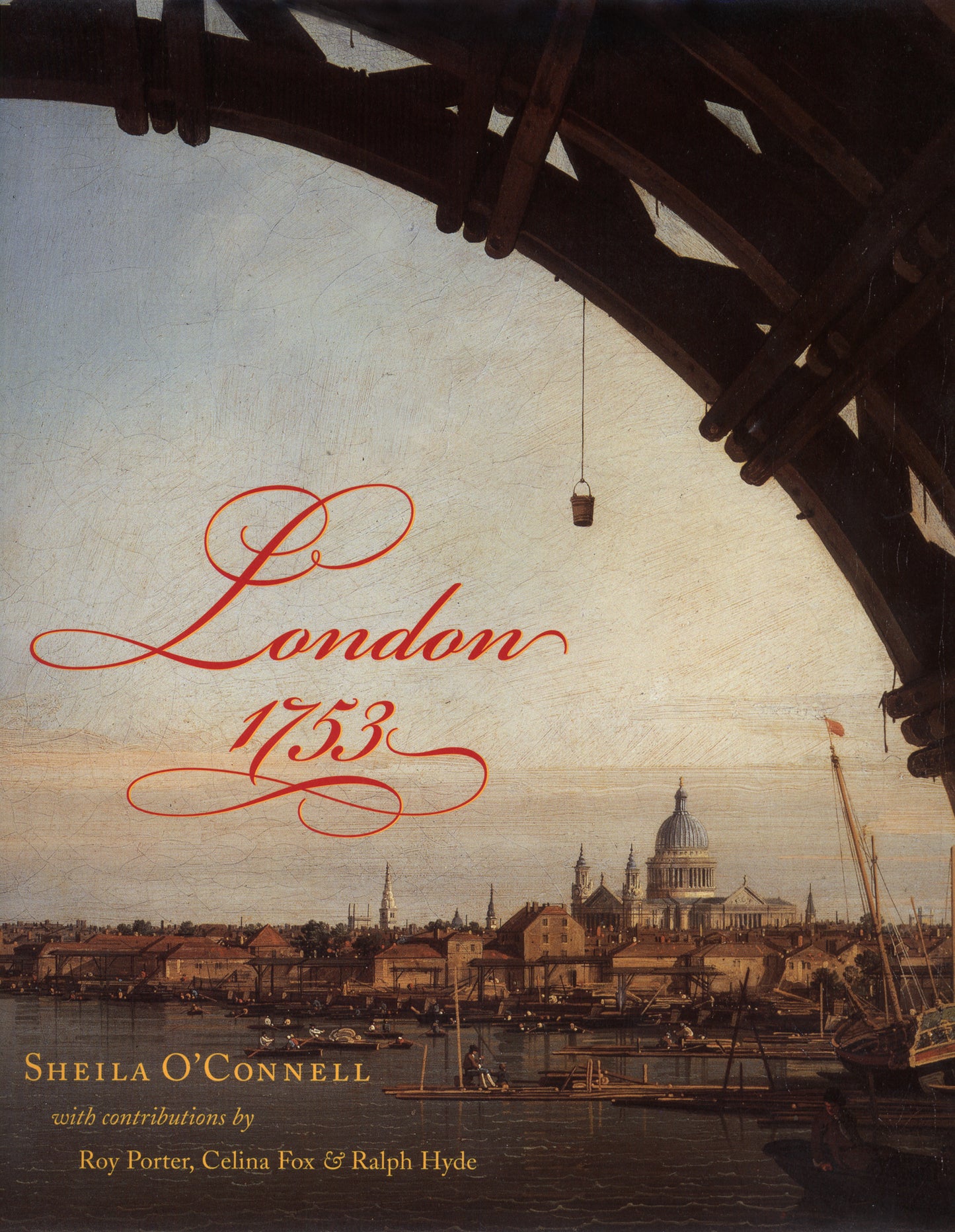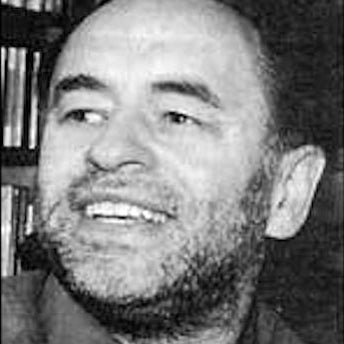
In 1753, London was the largest metropolis in the world, a city of extremes: poverty and wealth, innovation and tradition. It was the city of Johnson, Pope, Kent, and Hogarth, and opulent displays and burgeoning industry. It also harbored abject poverty, social prejudices and Tory inclinations—a mindset that would lead to both the American and the Industrial Revolutions, and, within seventy-five years, to fundamental changes in how people were governed, information conveyed and children educated. In this scholarly, extensively illustrated book, published to accompany a major exhibition celebrating the 250th birthday of the British Museum, we see the city's life through its objects; through prints and coins, paintings and trade cards, pub signs and drawings. We see London bursting with energy and confidence, twenty times larger than the nearest provincial rival, home to 11 percent of Britain's population: in every way an imperial city.
Three essays by Porter, Fox, and Hyde are coupled with extensive captions to the illustrations of the objects themselves, as we move across the city, from east to west, exploring the characteristics and idiosyncrasies of its discrete quarters—Westminster, Chelsea, Knightsbridge, Mayfair, and the West End. Trade cards and elaborate engravings advertise the skills of the tradesmen; satirical prints provide insight into social attitudes and political policies; topographical engravings and drawings display London under construction and the vibrancy and variety of its neighborhoods.
Illustrated with thirty color images and over 325 black and white illustrations, this visual feast captures the excitement, vitality, topography, iconography, and sociology of this great metropolis as it approached the peak of its power and influence. It provides a fundamental text for understanding both England and her "wonder city" at a pivotal moment in their history.




